Animation of the carbon cycle, the processes by which carbon is exchanged between the atmosphere, biosphere, oceans and rocks. Carbon is the primary building block of life on Earth. Here, purple arrows indicate the uptake of carbon, while yellow arrows indicate the release of carbon. On land, plants remove carbon from the atmosphere through photosynthesis. Animals eat plants and either breath out the carbon, or it moves up the food chain. When plants and animals die and decay, they transfer carbon back to the soil. The oceans take up carbon through physical and biological processes. At the ocean's surface, carbon dioxide from the atmosphere dissolves into the water. Tiny marine plants called phytoplankton use this carbon dioxide for photosynthesis. Phytoplankton are the base of the marine food chain. As on land, animals eat the plants, breathe out carbon or pass it up the food chain. Phytoplankton die, decompose, and are recycled in the surface waters. They can also sink to the bottom of the ocean, where they become buried in marine sediment. Over geological time scales, this process has made the ocean floor the largest reservoir of carbon on the planet. Human extraction of carbon-rich fuels such as oil and coal, made of dead animals and plants, and their subsequent burning as fuel, returns long-stored carbon back into the atmosphere as carbon dioxide.
Details
WebID:
C01839045
Clip Type:
RM
Super High Res Size:
1280X720
Duration:
00:00:53.000
Format:
QuickTime
Bit Rate:
30 fps
Available:
download
Comp:
200X112 (0.00 M)
Model Release:
NO
Property Release
No

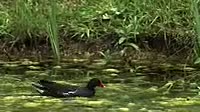
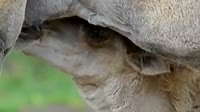
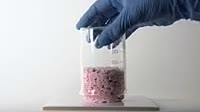
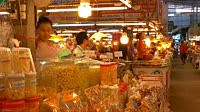
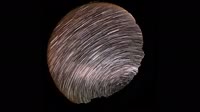
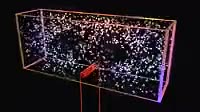
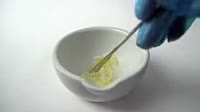
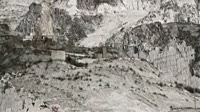
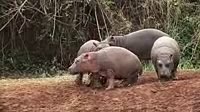
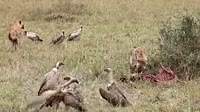
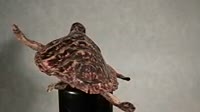
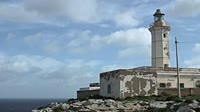
 Loading
Loading